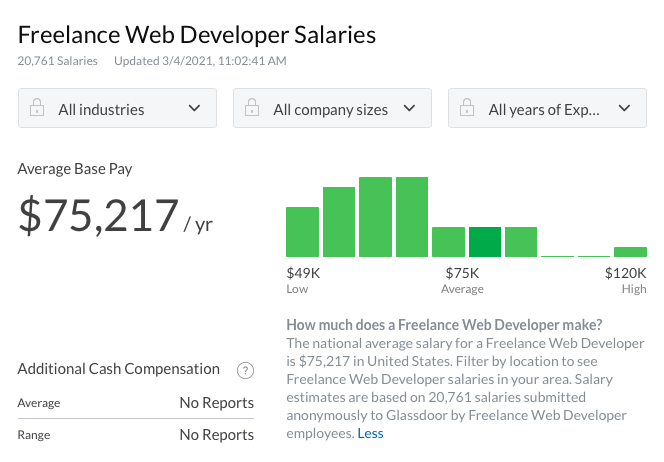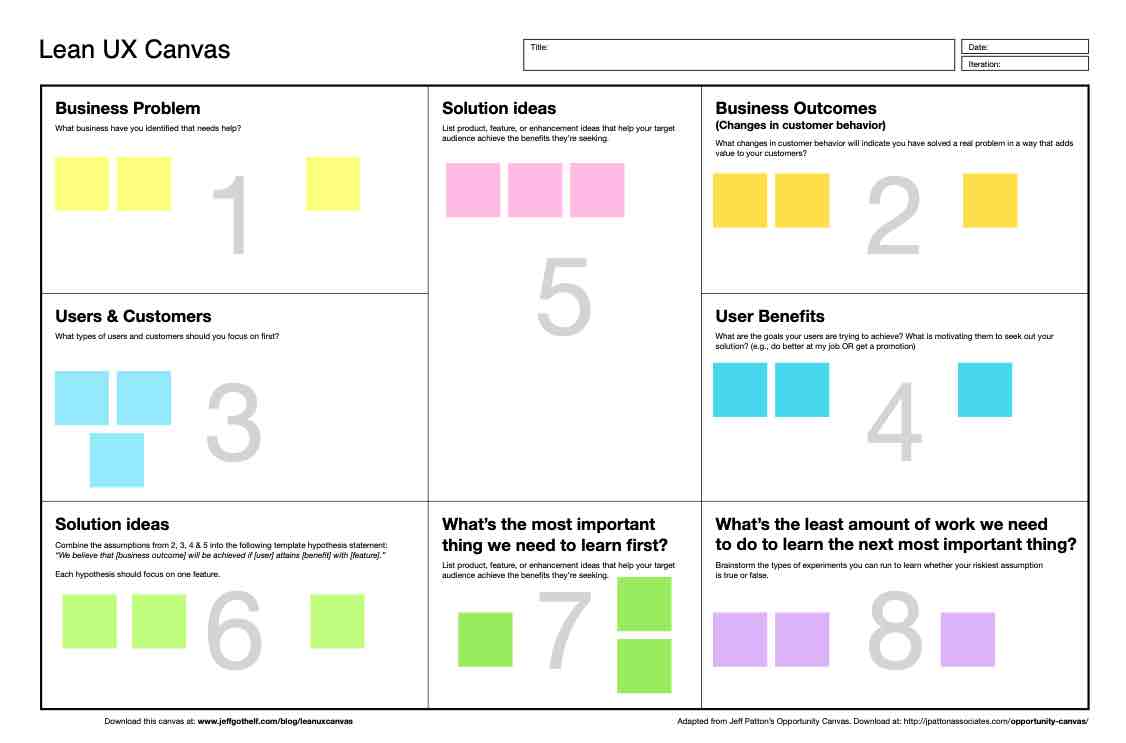
Card sorting is a technique that helps people find and organize ideas. It is used often for information architecture design. It can also be used for early concept testing. You can find out more about users' thinking by combining card sorting with different research techniques.
Card sort is an activity in which participants have to arrange a range of cards into a specific group or "category." This technique can only be used if you understand the purpose of your study. The study of the design of a car-rental site could, for example, aim to show how categories organize vehicles and help users find the right location. The sort should be clear and easily read.

Depending on the type of card sort, there are a few different methods to choose from. If you decide to do a physical sort of card sort, you will need to print the cards and create labels. You can use blank index cards or write topics on different cards. Once the cards are sorted, you can use adhesive labels to form groups and give them names.
Online card sorting may be possible with the help of a software program. You can use many software programs to set up large-scale remote card sorting studies. Some allow for the distribution of random subsets of cards. Others, such OptimalSort for data analysis, allow you to distribute random subsets of cards.
OptimalSort is a part of the Optimal Workshop series of web-based tools. This software is easy to use and allows you upload JPEG or PNG files. OptimalSort will work as long the cards don't exceed a certain size.
OptimalSort's Results Overview contains detailed information about each participant and their card types. This information can be used to compare card types or to view overall results. You can also do a "dendrogram", which is a graph showing how popular various cards are. Dendrograms are also a great way to see how participants' card sortings compare.

OptimalSort provides several options for card-sorting, including an unmoderated and open model. The open model from OptimalSort can be used to sort multiple cards.
When you use a moderated model, a moderator will help guide the sort. A moderator can answer questions about cards and provide debriefing. Participants can share their experiences and thoughts with the card during the debrief. Participants might have ideas for labels or categories of navigation.
If you plan on using hybrid card sorts, you can choose set categories. This can be used to duplicate the closed model, and provide additional categories for you to explore. Closed card sorting may be performed with 30-50 cards.
FAQ
What does a UI designer do?
Designers of user interfaces (UI) are responsible for creating interfaces for software products. They are responsible to design the layout and visual elements for an application. Graphic designers can also be included in the UI design team.
The UI designer should be able solve problems by understanding how people use computers.
A UI designer must have a passion about technology and software design. The field requires that the designer understands all aspects of it, from designing ideas to writing code.
They should be capable of creating designs using a variety tools and techniques. They must be able think creatively and find innovative solutions to problems.
They must be organized and detail-oriented. They should be capable of quickly and efficiently developing prototypes.
They should be comfortable working with clients, both large and small. They should be able, and willing, to adapt in different environments and situations.
They should be able and willing to communicate effectively with others. They should be capable of communicating clearly and concisely.
They should be well-rounded individuals who possess strong communication skills.
They must be driven and motivated.
They should be passionate and dedicated to their craft.
What is responsive web design?
Responsive Web Design (RWD), is an approach to designing responsive websites. Content will display correctly on all devices, such as smartphones, tablets, laptops, tablets, and desktop computers. This allows users the ability to view a website simultaneously on different devices and still have access to other features like navigation menus, buttons, and so forth. RWD is intended to ensure that any user viewing a site views the exact version on their screen.
For example, if you were building a website for a company whose products sell primarily through eCommerce, you would want to ensure that even if a customer viewed your website on a smartphone, they could easily purchase items from your store.
A responsive website will adapt its layout to suit the device it is being viewed on. Your laptop will view the website exactly as a normal desktop site. It will look different if you view the page from your phone.
This allows you create a website that looks great on any device.
What HTML and CSS are available to help me build my website?
Yes! If you've been following along so far, you should now understand how to start creating a website.
You now know how to build a website structure. Now you need to learn HTML and CSS coding.
HTML stands as HyperText Markup Language. Think of it like writing a recipe for a dish. You'd list ingredients, instructions, and directions. HTML also tells a computer what parts of text should be bolded, underlined or italicized. It's the language that documents use.
CSS stands for Cascading Stylesheets. It is like a stylesheet that you use to create recipes. Instead of listing out each ingredient and instruction, you write down general rules for things like font sizes, colors, spacing, and more.
HTML tells the browser what HTML is and CSS tells it how.
If you don't understand either of those terms, don't fret. Follow these steps to make beautiful websites.
WordPress: Is it a CMS or not?
Yes. It's a Content Management System. Instead of using Dreamweaver or Frontpage, a CMS lets you manage your website content directly from your web browser.
WordPress is free! Hosting is all you need, and it's usually free.
WordPress was initially created as a blogging platform, but it now offers many other options such as eCommerce sites, forums and membership websites. Portfolios are also available.
WordPress is easy to install and set up. It is necessary to download the installation file from their site and upload it on your server. You can then visit your domain name using your web browser to log in to your new website.
After installing WordPress, register for a username/password. Once you log in, you will be able to access your settings from a dashboard.
From here, you can add pages, posts, images, links, menus, widgets, and plugins. If you are comfortable creating and editing content, you can skip this step.
You can, however, hire a professional Web designer to handle the whole thing if your preference is to work with another person.
Statistics
- It's estimated that in 2022, over 2.14 billion people will purchase goods and services online. (wix.com)
- Studies show that 77% of satisfied customers will recommend your business or service to a friend after having a positive experience. (wix.com)
- At this point, it's important to note that just because a web trend is current, it doesn't mean it's necessarily right for you.48% of people cite design as the most important factor of a website, (websitebuilderexpert.com)
- It's estimated that chatbots could reduce this by 30%. Gone are the days when chatbots were mere gimmicks – now, they're becoming ever more essential to customer-facing services. (websitebuilderexpert.com)
- Is your web design optimized for mobile? Over 50% of internet users browse websites using a mobile device. (wix.com)
External Links
How To
Drupal 7 Web Design: How to use it
Drupal is today's most popular Content Management System (CMS). It was developed back in 2003 by Dries Buytaert from Belgium. Named after the names of its two developers, Dirk Buijtewaard (from Belgium) and Pierre d'Herbemont (from France). Drupal was released as an open-source CMS in 2005. There have been many versions of Drupal since then. Drupal is still used by many companies and websites all over the globe.
Drupal is very popular with website owners for several reasons. It's easy to use and free to download. It is also easy to modify and expand. Third, it is very well documented. It also provides excellent support via forums and IRC channels. It is also extensible through modules. Sixth, it supports multiple languages. Seventh, it is easily customizable. Eighth, it can be scaled. It is secure. Tenth, it's reliable. It is also supported by the community. All these factors make Drupal a perfect choice for your next project.
You might be wondering what makes Drupal unique from other CMSs. The answer is simple. Drupal is an open-source content manager system. Drupal is completely open-source and freely available for download. Drupal gives you total control over your website. You can add or remove pages, change colors, fonts, images, videos, etc.
Drupal is an option for those who lack the technical skills required to create websites. Unlike other CMS, you don't need to know anything about programming to start building your website. All you need is to learn how to use the essential functions of Drupal. After that, you'll be able customize your website according to what you need.
Drupal offers many plugins and themes that can be used to enhance your site's functionality. These plugins help you to enhance your site's functionality. You can use Contact Form to gather visitor information. Google Maps also allows you to display Google Maps on your website. Drupal comes with thousands of pre-made templates. And these templates give your website a professional look.
Drupal is also flexible. Drupal supports many different modules, so you can easily add or remove them from your website without worrying about compatibility. You can do it quickly if you want to integrate social media into your website. You can also set RSS feeds up, subscribe to e-mails, and many other things.
Drupal can also be customized. Drupal offers many options for customization, including the ability to create custom fields or forms and manage users. Drupal also allows for complex layouts.
Drupal is resilient and reliable. Drupal is reliable and easily scalable. It is also very secure. Drupal is a great web development platform.